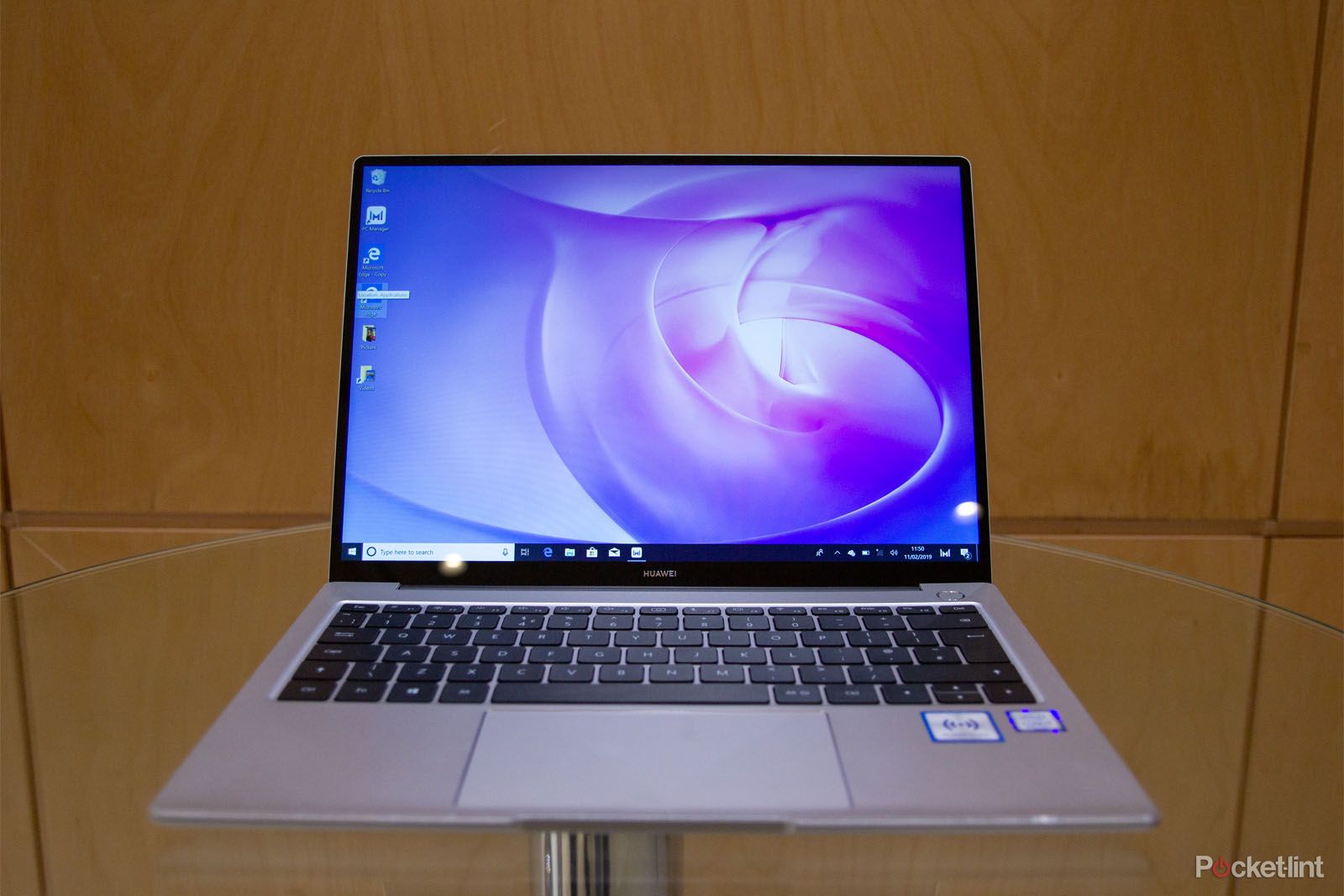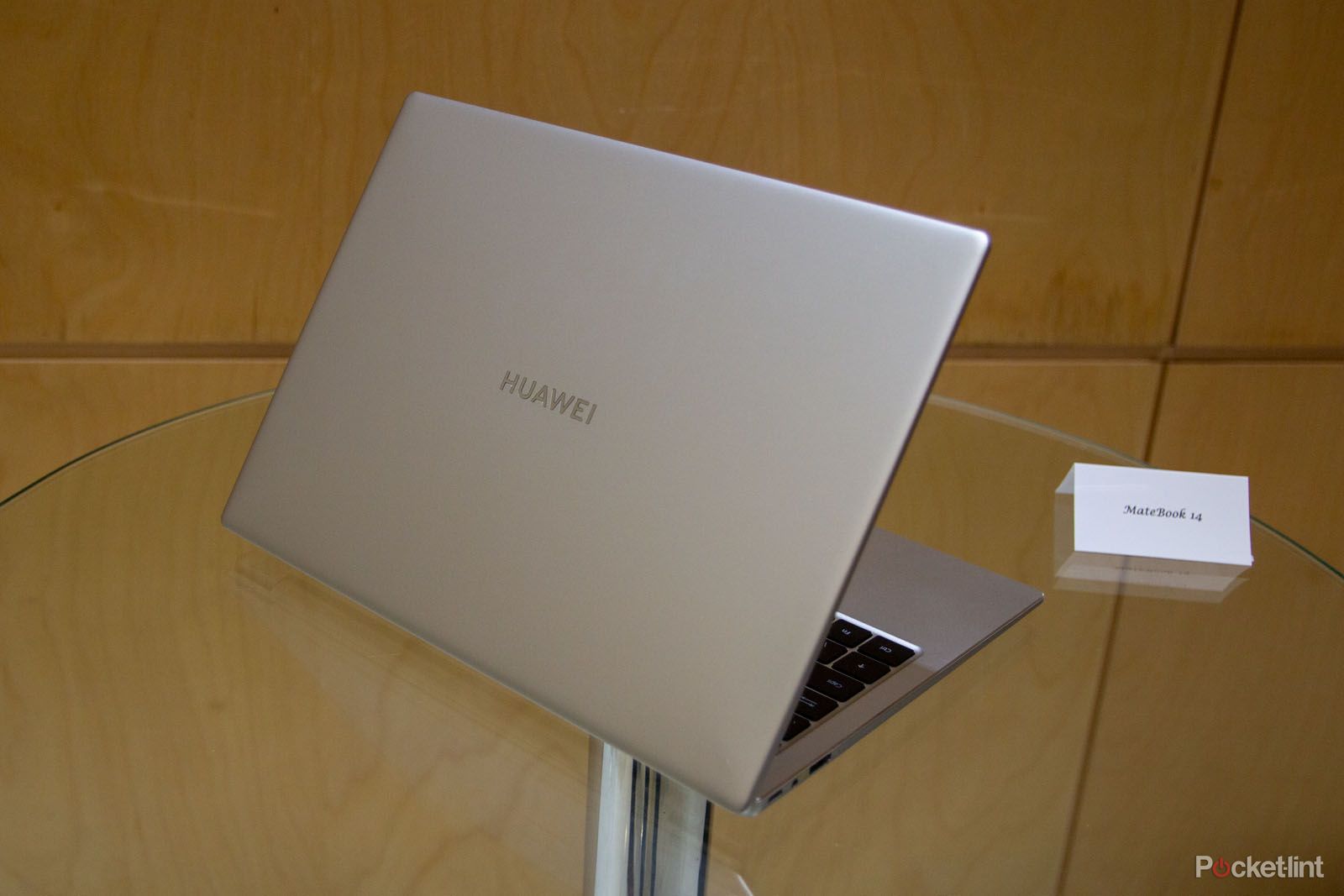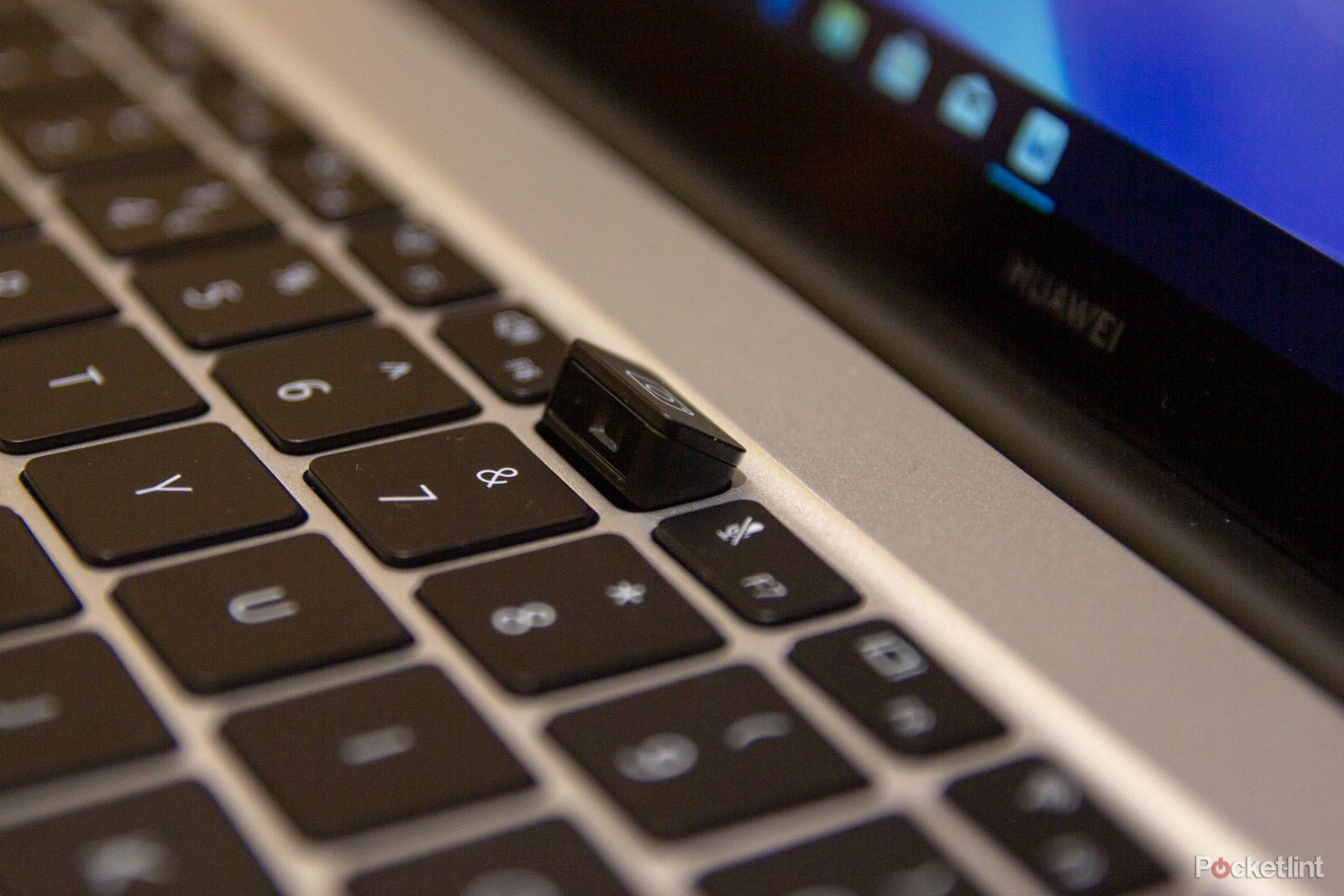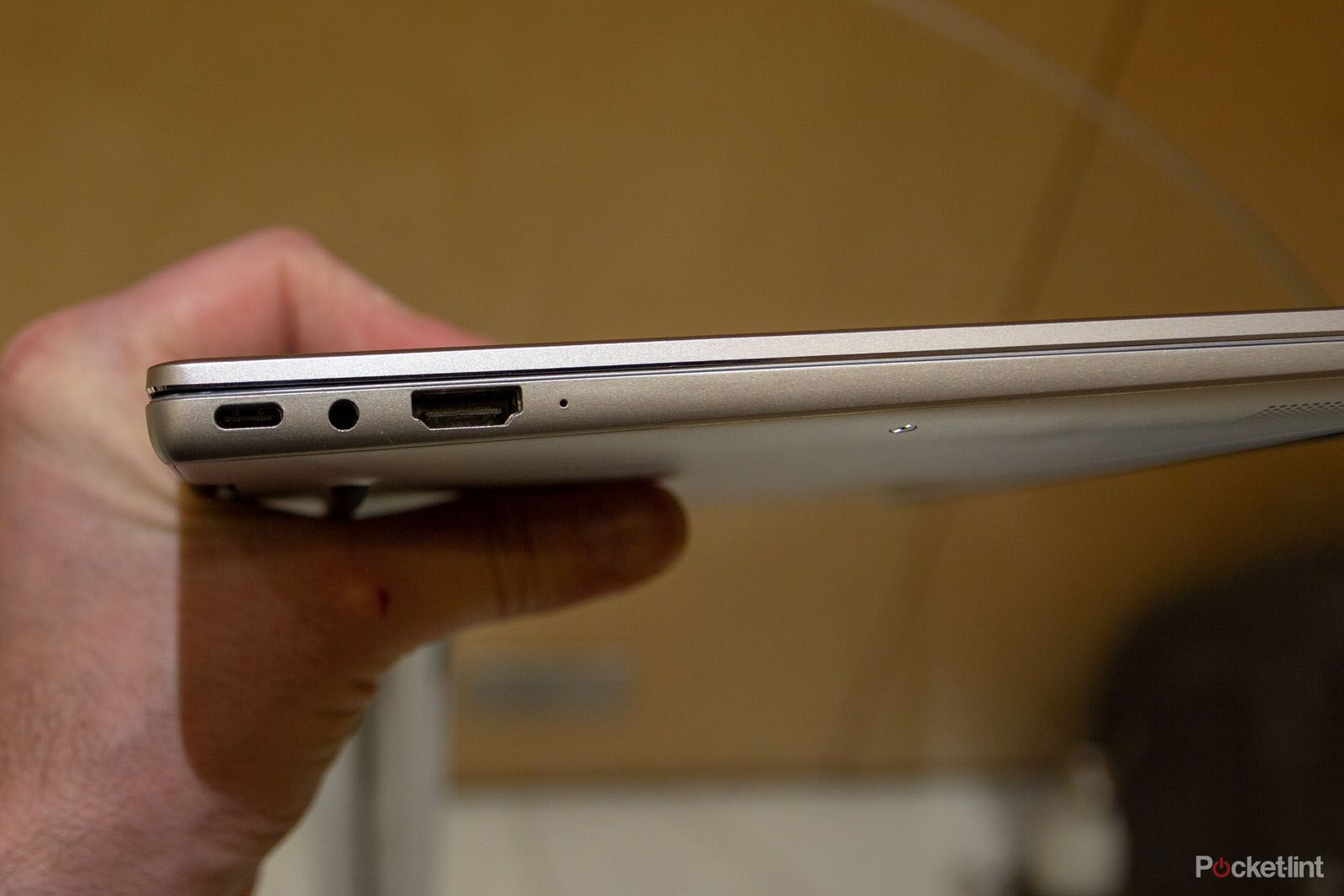In recent years we've seen a decline in the number of laptops launched, with the market distilling, people moving to tablets, and opening the door for new players.
Huawei has been taking advantage of that over the past few years, applying its approach of quality build, powerful specs and good value for money to another sector outside of its smartphone core.
Our quick take
The Huawei MateBook 14 is a neat shake-up in design, pulling Huawei's media-leaning notebook into a neater line and dropping the D moniker. Connections provide convenience and the option for a bump in power means you can put this slim and light notebook to work on some more intensive tasks.
We also think the overall design, the quality of the finish, keyboard and other contact points - as well as that funky pop-up camera will keep winning Huawei fans in the laptop space.

Huawei MateBook 14 initial
| FOR | AGAINST |
|---|---|
|
|
|
Quality design
- 307.5 x 223.8 x 15.9mm, 1.49kg
- Space Gray, Mystic Silver
- Pop-up camera
- Fingerprint button
The MateBook 14 treads the path laid down by the excellent MateBook X Pro of 2018, picking up some of the key elements of that notebook's design and feature set and providing a 14-inch model that, by all accounts, replaces the MateBook D 14.
Compared to that outgoing model, the MateBook 14 has a tighter design. It's slim, light, but very well made, with attention to detail that we now expect from Huawei. Somehow, Huawei has become a premium laptop manufacturer and that's reflected in the finish of the MateBook 14.
Lift the lid and Huawei is pursuing a slim bezel display, removing the camera from the lid and putting it into a pop-up key on the keyboard - a novelty that the MateBook X Pro offers, but not the smaller MateBook 13. It's neat, tidy, and wonderfully geeky - as is the fingerprint scanner built into the power button.
The keyboard is essentially the same MacBook-alike keyboard from previous MateBooks, offering a nice keyboard action and a good layout. We could happily work on this laptop - with that massive trackpad helping with dexterous controls, in addition to touch on the display.
Compared to the older MateBook D, you'll now find that the sockets and ports are tighter aligned to the rear of the chassis as Huawei makes things sleeker.
Hardware and connections
- Intel Core i5 8265U / i7 8565U options
- Intel UHD Graphics 620 / GeForce MX250
- USB Type-C, USB 2.0, USB 3.0, USB A
- HDMI
The MateBook 14 sits in a middle position spec-wise between the light and powerful MateBook X Pro and the MateBook 13. You have upgraded 8-gen Intel Core i7 8565U or i5 8265U CPUs, which are fanless pieces of hardware, but Huawei has done a lot to ensure that air is moved through this notebook to provide cooling.
There's discrete graphics as an option too, with the Nvidia GeForce MX250 available on the top spec of this laptop; if you choose not to take the graphics boost, you'll get the standard integrated Intel Graphics 620 instead.
But connections-wise there's a lot going on. USB Type-C makes an appearance, but as a solitary connection you'll use for charging, with the MateBook 14 sticking to legacy ports instead: there's 3.5mm (yay), HDMI (ok, that's cool maybe), USB 2.0 and USB 3.0 (huh?). The USB A connections sit side-by-side offering different connectivity standards, which has a distinct whiff of leftovers about it. We can't help feeling that Huawei should at least be offering USB 3.0 on both to avoid the confusion.
The 14-inch display offers touch and first impressions are that it is bright and vibrant, although we've not had the chance to use it in anger; that's also true of the core hardware - we can't pretend to assess the performance of this laptop or its battery (a quoted 13 hours) from the brief time we've spent with it so far.
We did get to see Huawei's vaulted sharing software in action however. This lets you use NFC from a Huawei device to trigger transfers from your phone. This can be used for all sorts of content and seems speedy enough to move images to your laptop - but we can't help feeling that with cloud services (from Office 365, Google Docs or Google Photos for example) it's rare that we now have content on a phone that's not instantly accessible online.
Huawei does step a bit further, offering some on-display touch gestures too, such as a three-finger swipe to screenshot, for added convenience.
To recap
The overall design, the quality of the finish, keyboard and other contact points - as well as that funky pop-up camera - will keep winning Huawei fans in the laptop space.



